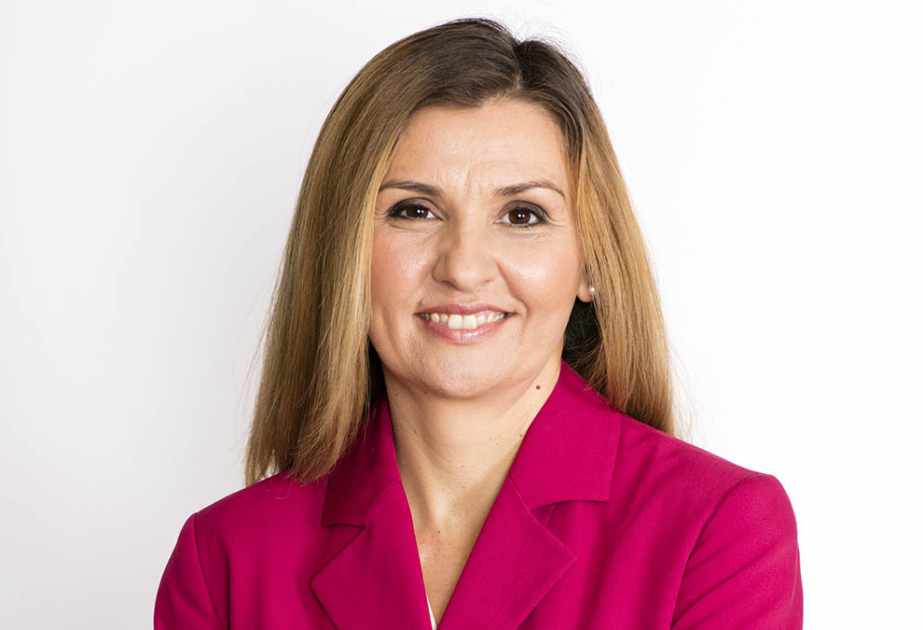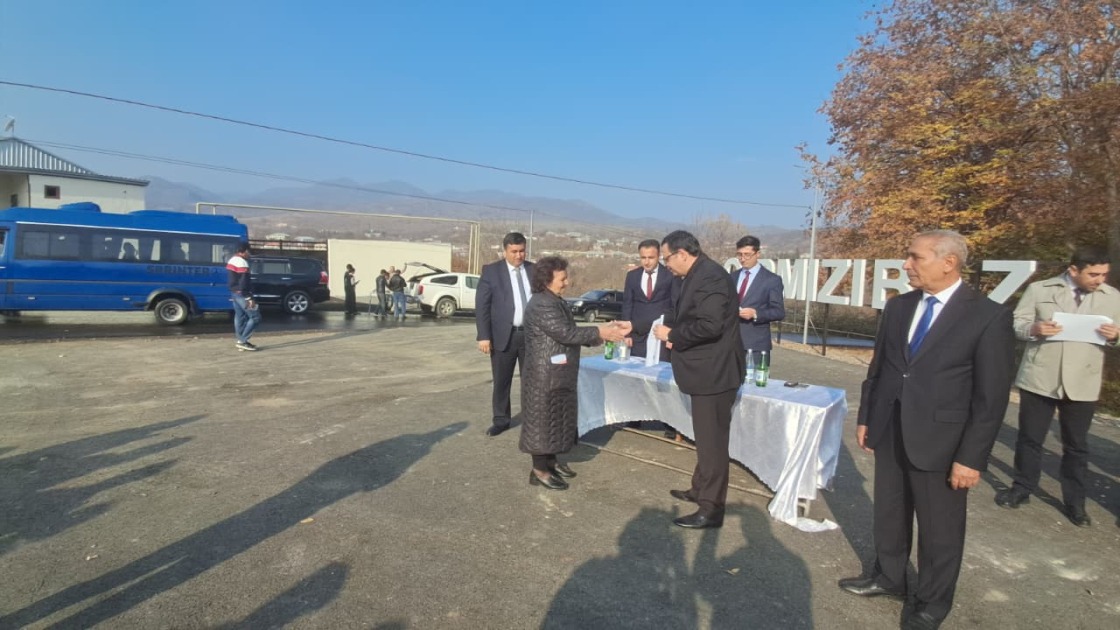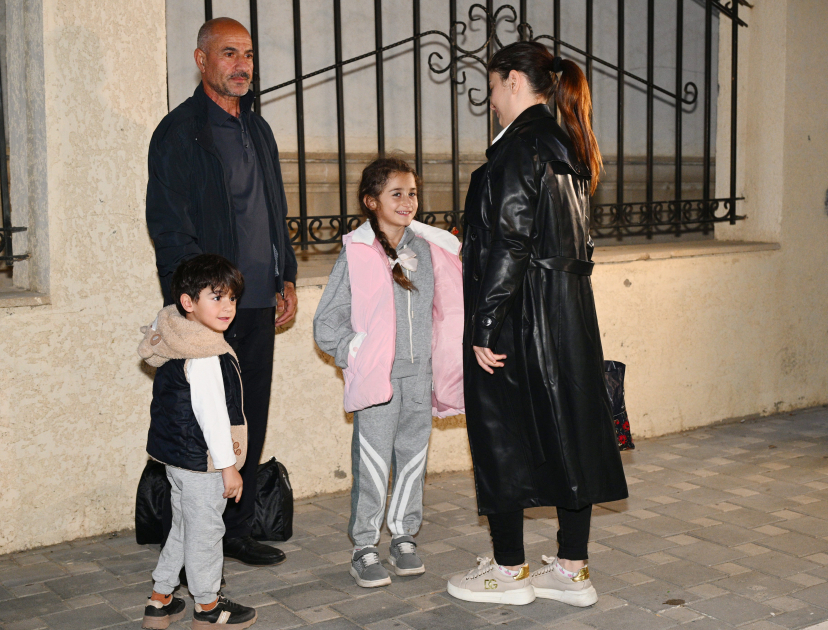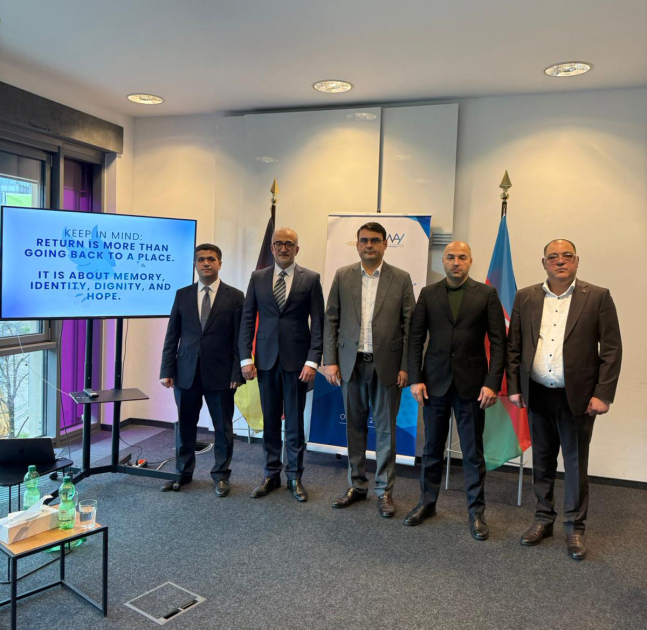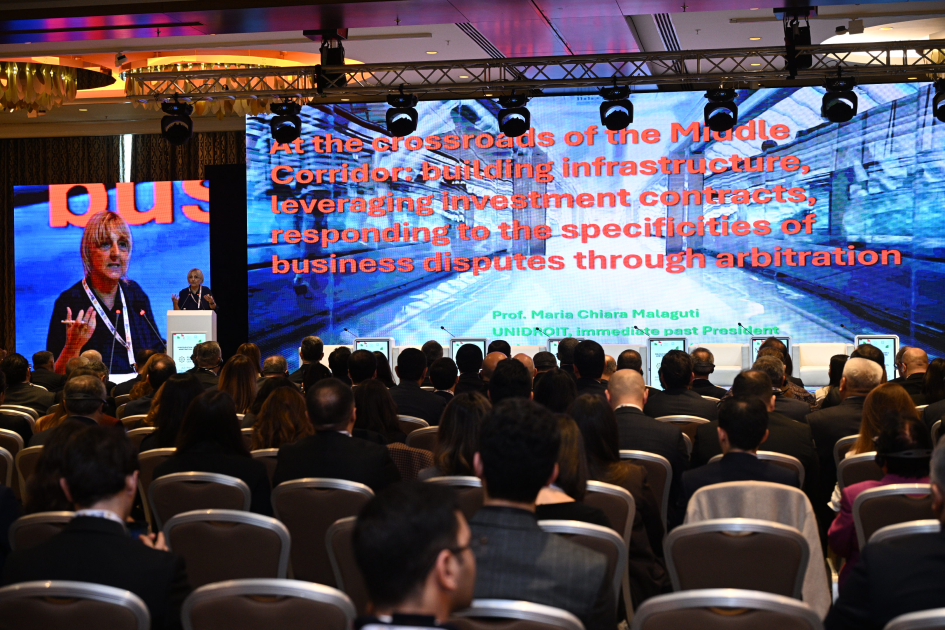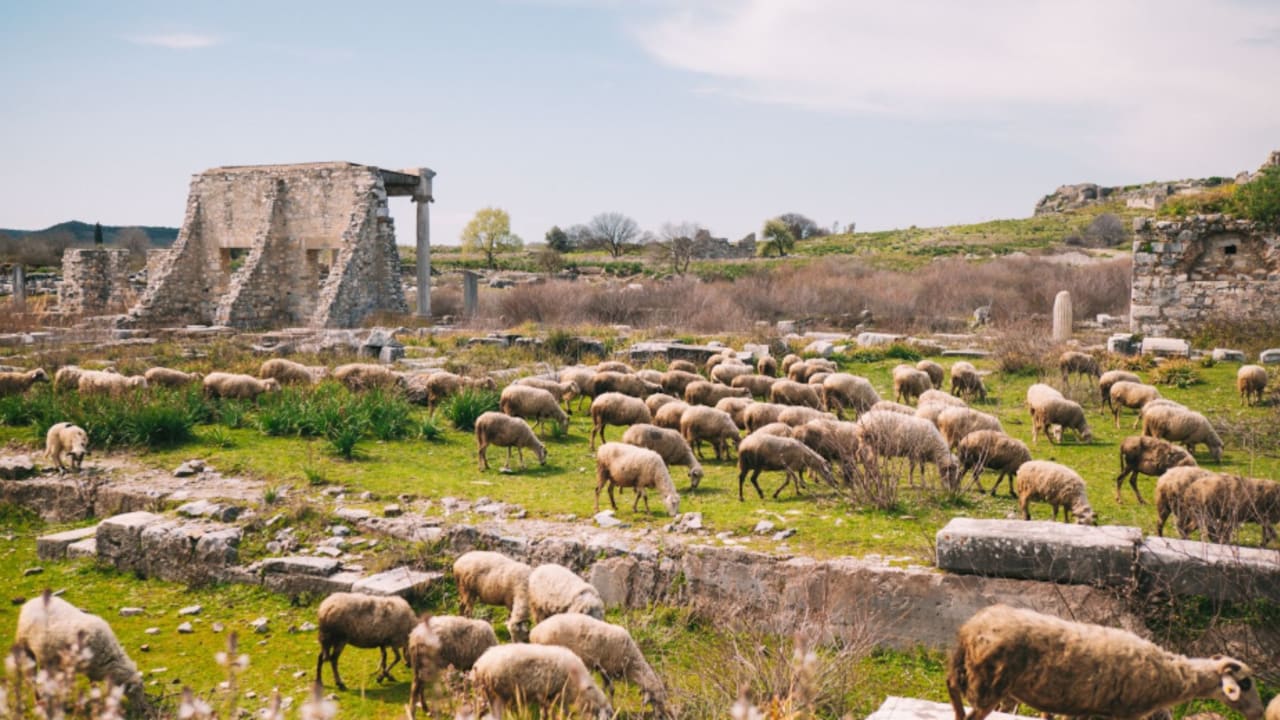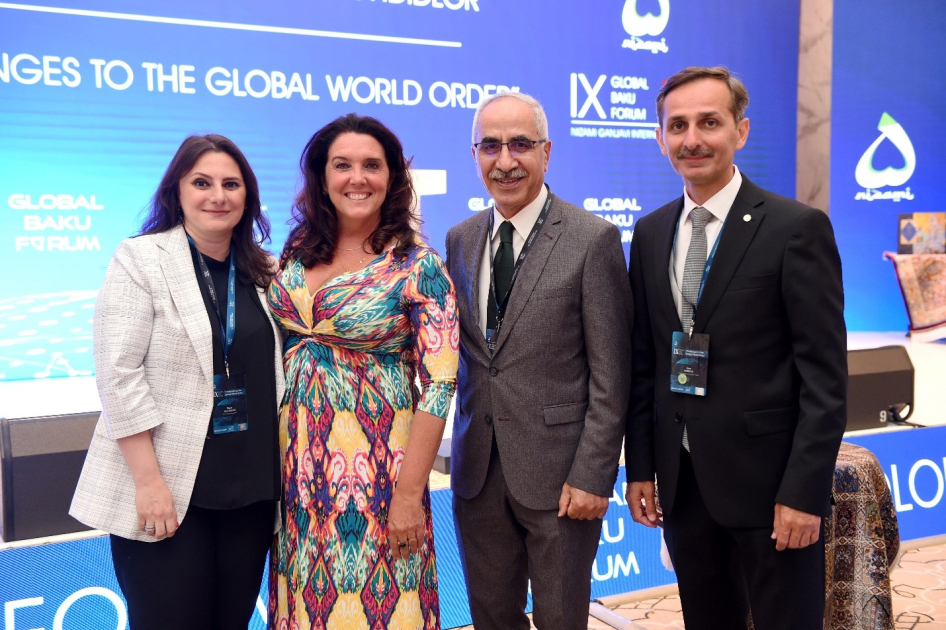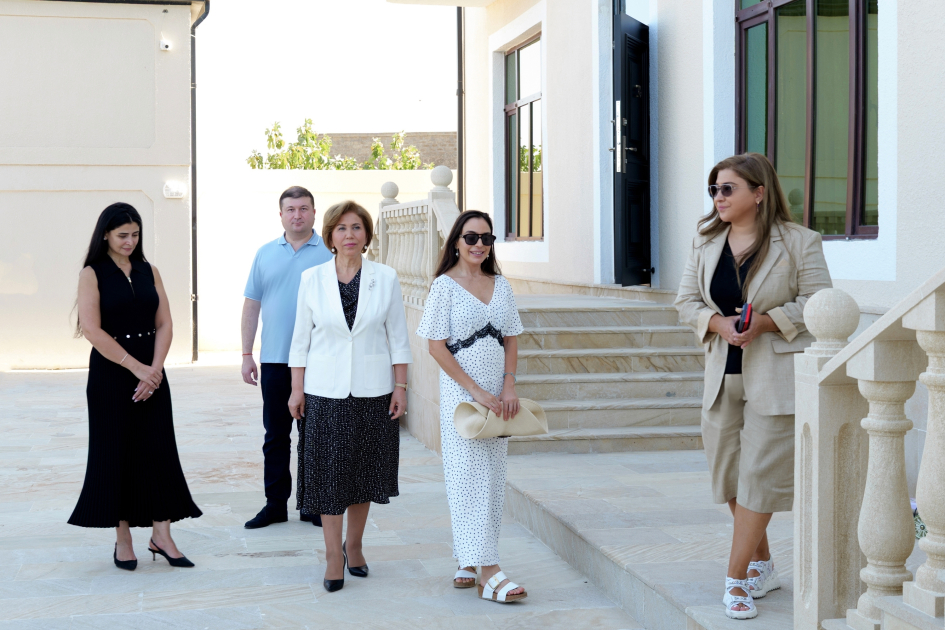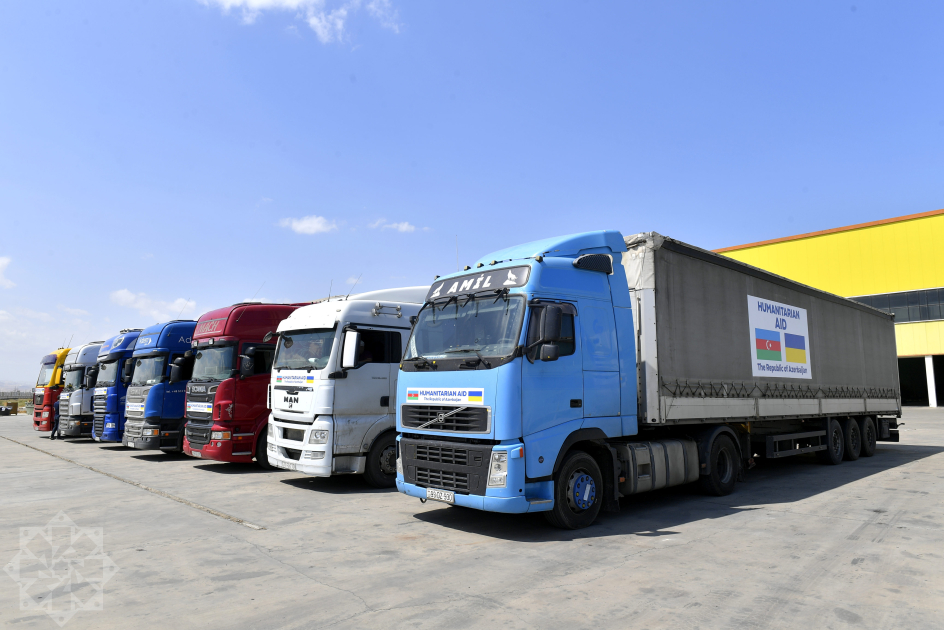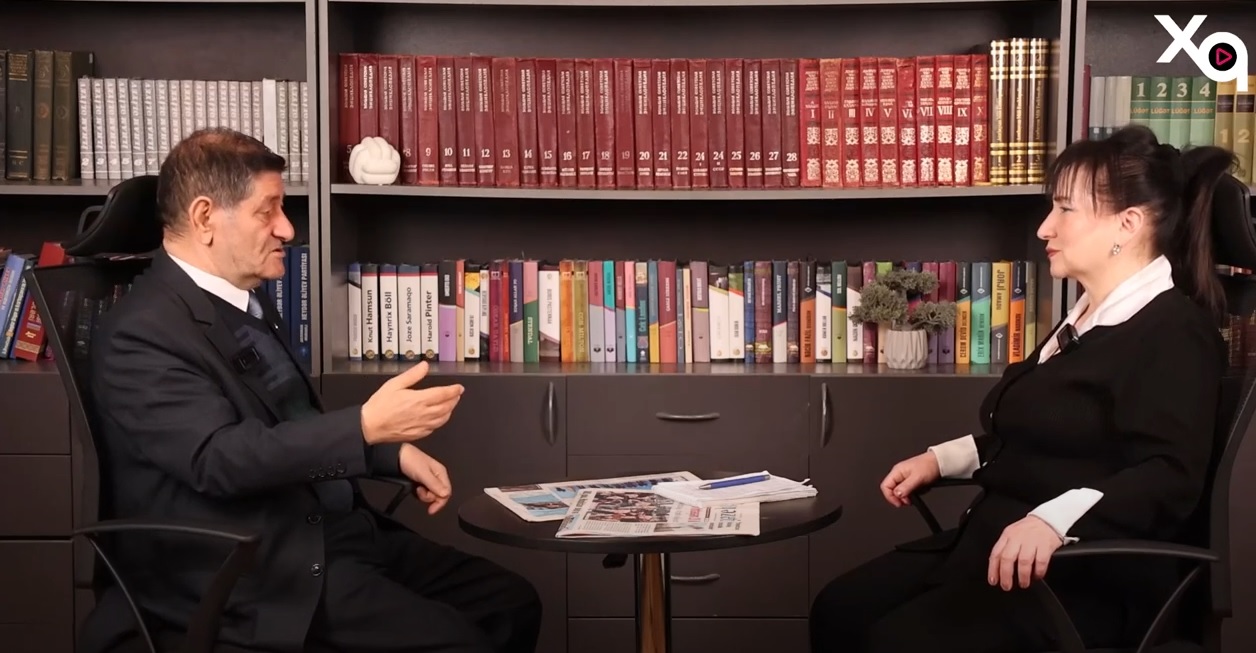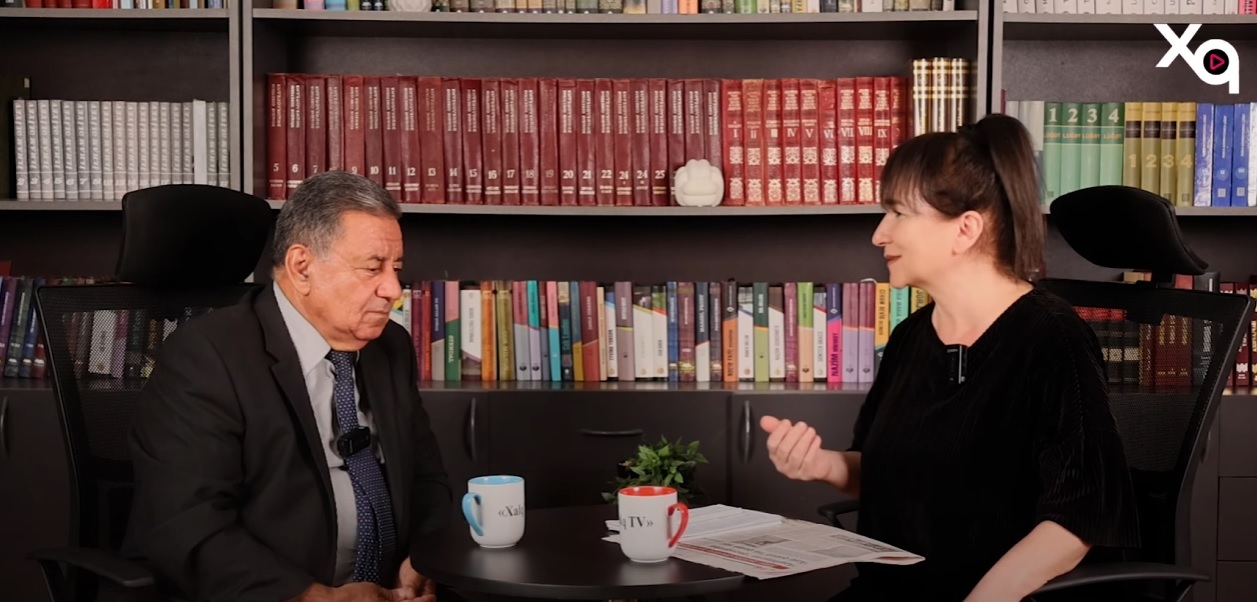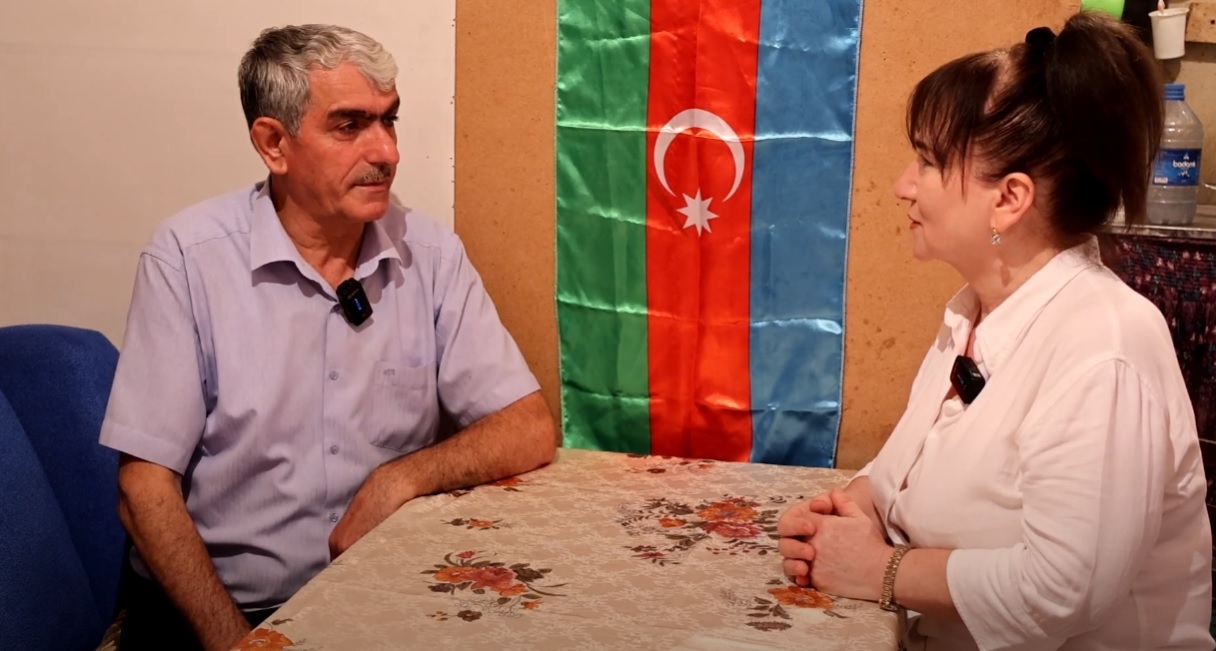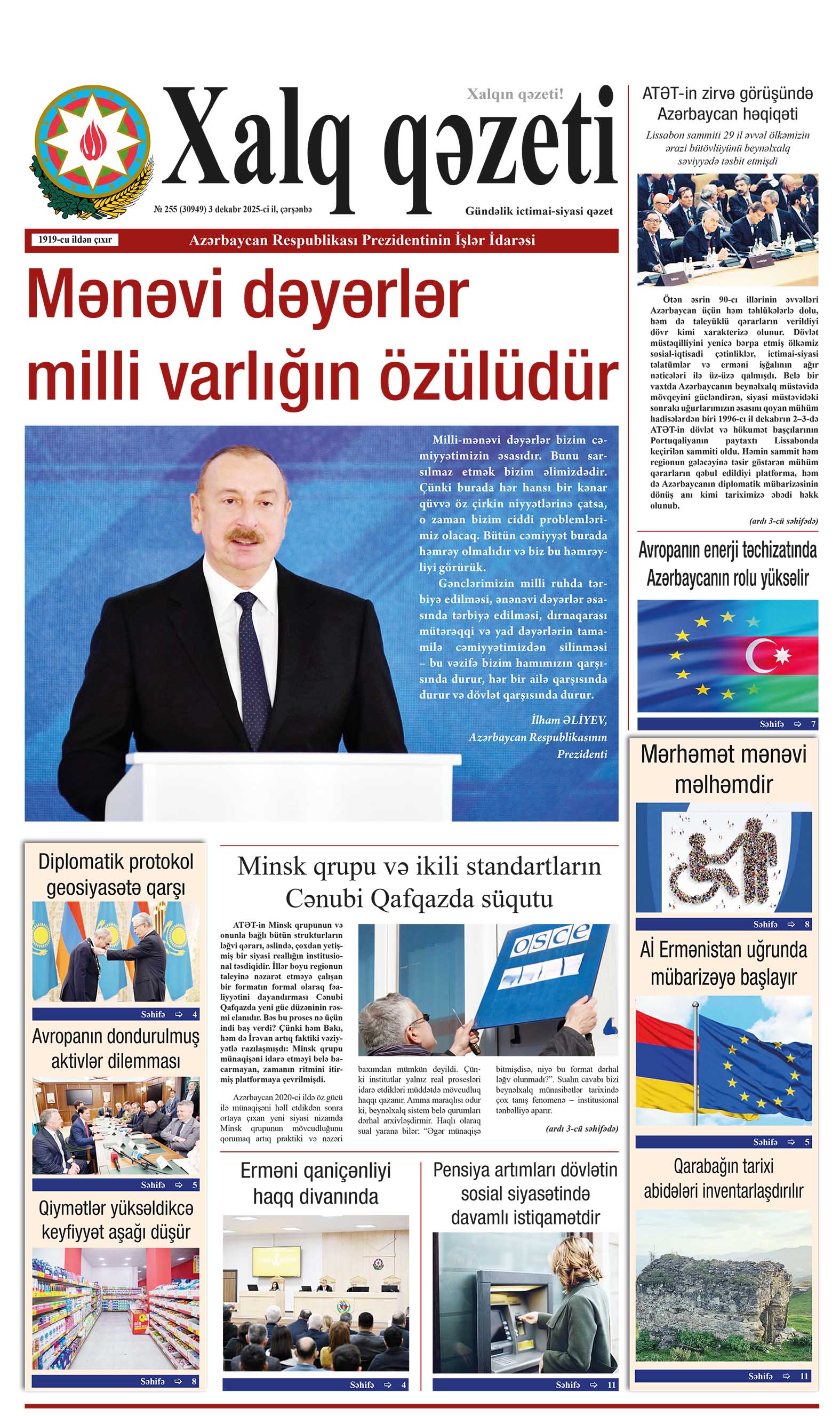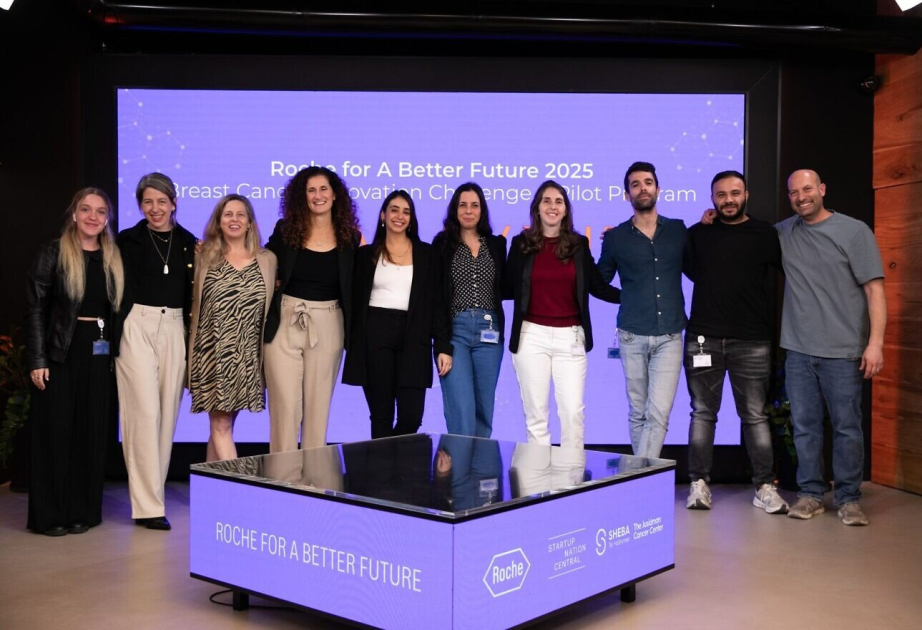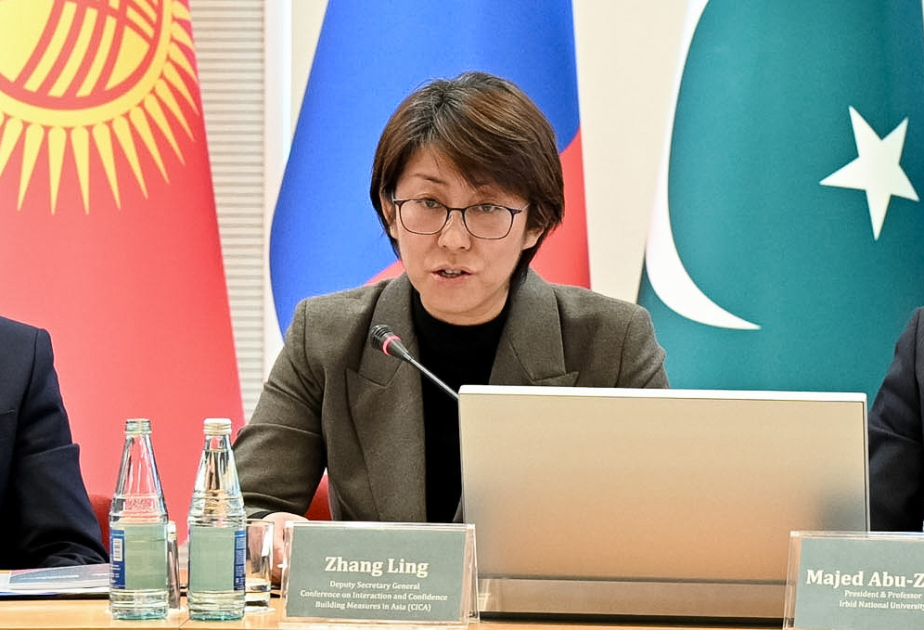Expert: Baku can become a hub for low-carbon energy solutions - INTERVIEW
AZERTAC presents an exclusive interview with Casiana Fometescu, Founder and CEO of Carbon Expert, President of the Romanian Carbon Association, Ph.D. in Economics.
- How do you assess the current state of the global carbon market? What mechanisms, in your opinion, have the most effective impact on reducing emissions?
- In my view, the global carbon market is at a turning point. On one hand, compliance markets like the EU ETS have shown that carbon pricing can drive significant emissions reductions — we’ve seen this especially in the power sector and heavy industry. On the other hand, voluntary carbon markets are expanding rapidly, but they still need to overcome issues related to credibility and transparency. From my experience working with carbon markets, I believe that the most effective mechanisms are those that combine a carbon price with clear complementary policies: ambitious renewable energy targets, strict efficiency standards, and public support for innovation. It’s this mix that really accelerates decarbonization.
- Do you think that voluntary carbon markets (VCM) can become a real driver for attracting investments in natural solutions and green technologies?
- Yes, I genuinely believe VCMs have the potential to be a powerful driver, especially since it involves private entities. I’ve seen firsthand how VCM finance has helped launch reforestation and soil carbon projects that would not have been viable otherwise. At Carbon Expert, we help clients develop carbon projects using early-stage technologies like biocompost, biochar, or direct air capture. But, for VCMs to fulfill this role, we must ensure high integrity standards and stronger alignment with national climate goals. Companies and investors want to know that the credits they buy truly deliver climate benefits.
-What experience of EU countries in implementing the Emissions Trading System (EU ETS) do you consider the most valuable for developing countries, including the countries of the South Caucasus?
-There are many lessons to be learnt from the EU ETS, for instance, how auction revenues have been reinvested into clean energy and innovation — this approach turns carbon pricing into a tool for broader development, not just emissions cuts. Another lesson is the importance of robust MRV systems that ensure environmental integrity and market trust. And I think the EU’s Market Stability Reserve offers a useful model for keeping prices stable and avoiding surplus allowances that could undermine ambition.
- How do you assess the climate agenda of Azerbaijan? What steps, in your opinion, are most important to accelerate the transition to a low-carbon economy?
-I think Azerbaijan has taken important steps, especially by updating its NDC and setting higher targets for renewable energy. But it’s clear that more is needed to shift decisively towards a low-carbon economy. The key, in my opinion, is to implement a clear national low-carbon strategy, modernize the grid so it can integrate more renewables, and introduce some form of carbon pricing. Strengthening institutional capacity is also critical to ensure these efforts are coordinated and effective.
-Considering Azerbaijan’s natural resources and its infrastructure potential, can the country become a participant in the regional or even international carbon market?
- Absolutely. Azerbaijan has a unique position in the region, both geographically and in terms of its energy infrastructure. I believe the country could become a hub for low-carbon energy solutions — from exporting green electricity to developing green hydrogen. It could also participate in international carbon markets under Article 6 of the Paris Agreement, or even explore regional trading schemes. With the right strategy, Azerbaijan can play a meaningful role beyond its borders.
-What barriers (regulatory, institutional, personnel) can slow down the development of climate finance mechanisms in Azerbaijan?
-From my perspective, one of the main challenges is the absence of a comprehensive legal framework for carbon pricing and climate finance. In addition, institutions responsible for climate action need stronger coordination, and there is a clear need to build up human capacity — more experts in carbon accounting, MRV, and climate finance structuring. These gaps are not unique to Azerbaijan; many EU countries face similar challenges at the early stages of developing the carbon market.
-How do you assess the possibilities of attracting international green investments and grants to Azerbaijan, for example, within the framework of UN, World Bank, or private foundation programs?
-There’s definitely strong potential for Azerbaijan to attract green finance, particularly for renewable energy and nature-based solutions. What’s essential is to develop high-quality, bankable projects that align with international climate goals and demonstrate clear social and economic benefits. I’ve seen projects in other regions that successfully combine funding from multilateral banks with private capital — this is a model that could work well in Azerbaijan too.
-How can Azerbaijan use COP29 to institutionally and image-wise strengthen its role in the global climate architecture?
- Hosting COP29 gives Azerbaijan an exceptional opportunity to position itself as a regional leader. It can showcase new policies — for example, a roadmap for carbon pricing or a national hydrogen strategy — and act as a bridge between developed and developing countries on climate finance issues. By launching regional initiatives and facilitating ambitious agreements, Azerbaijan can not only strengthen its international profile, but also set the tone for a just and inclusive energy transition in the region.


